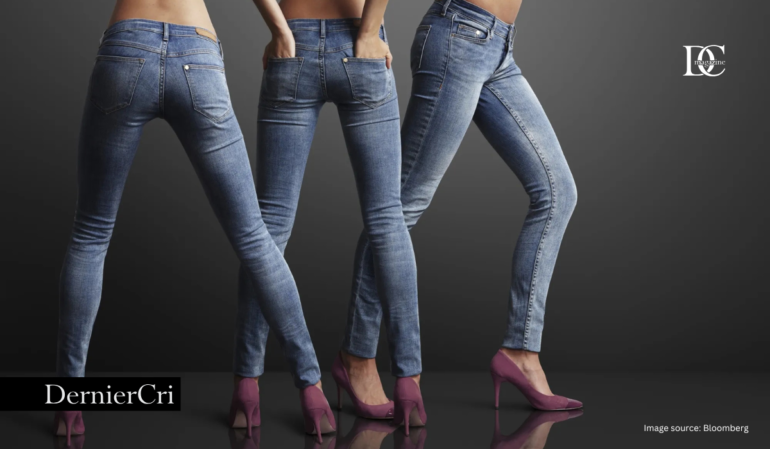The fashion industry has been trying to become more inclusive by showing a wider variety of body shapes and sizes on the runway. However, in 2024, things are changing again. Weight-loss drugs, like Ozempic, are becoming popular, and this is affecting fashion. These medications help people lose a lot of weight, which means more shoppers are buying smaller clothing sizes. As a result, fewer plus-size models are appearing in fashion shows.

For example, in this year’s major fashion shows in New York, London, Milan, and Paris, almost all the models (95%) were wearing very small sizes (US 0-4). Plus-size models (size 14 and above) made up less than 1% of the looks. This shift back to super slim models is partly driven by changes in what people are buying, especially with the return of the 000s fashion trend, which focuses on tight and revealing clothing from the early 2000s.

Retailers and luxury brands alike are adjusting to this new reality. Department stores are shifting their stock ratios to include more smaller sizes, a direct response to a changing consumer landscape. The rise of the Year 000s aesthetic, with its emphasis on low-rise denim, tiny crop tops, and “heroin chic” silhouettes, is further amplifying this trend, harking back to an era where thin was in and plus-size options were nearly nonexistent .

In the midst of these evolving trends, it’s crucial for fashion to find a balance between celebrating diverse bodies and catering to shifting consumer preferences. For now, brands that prioritize size diversity remain the outliers, but their continued efforts could be the key to preserving the progress made toward a more inclusive future.

Despite this, some designers, like Ester Manas and Sinéad O’Dwyer, are still pushing for more size diversity in their collections. They are creating clothes that fit all body types, showing that fashion can be stylish and inclusive at the same time.
As the industry moves forward, it’s clear that size inclusivity is facing new challenges, but there are still advocates who are committed to keeping diverse representation alive. The question now is how the rest of the industry will respond to these market forces and whether inclusivity will remain a core value or fall victim to the pressures of changing beauty standards and consumer demands.

The big question is whether fashion will continue to include all body sizes or return to promoting only thin models. This shift shows that fashion changes based on what’s popular, but there are still people fighting for more representation of different body types.
Fashion is, after all, an ever-changing landscape—and as history has shown, it’s often those who challenge the status quo who set the next trends.




